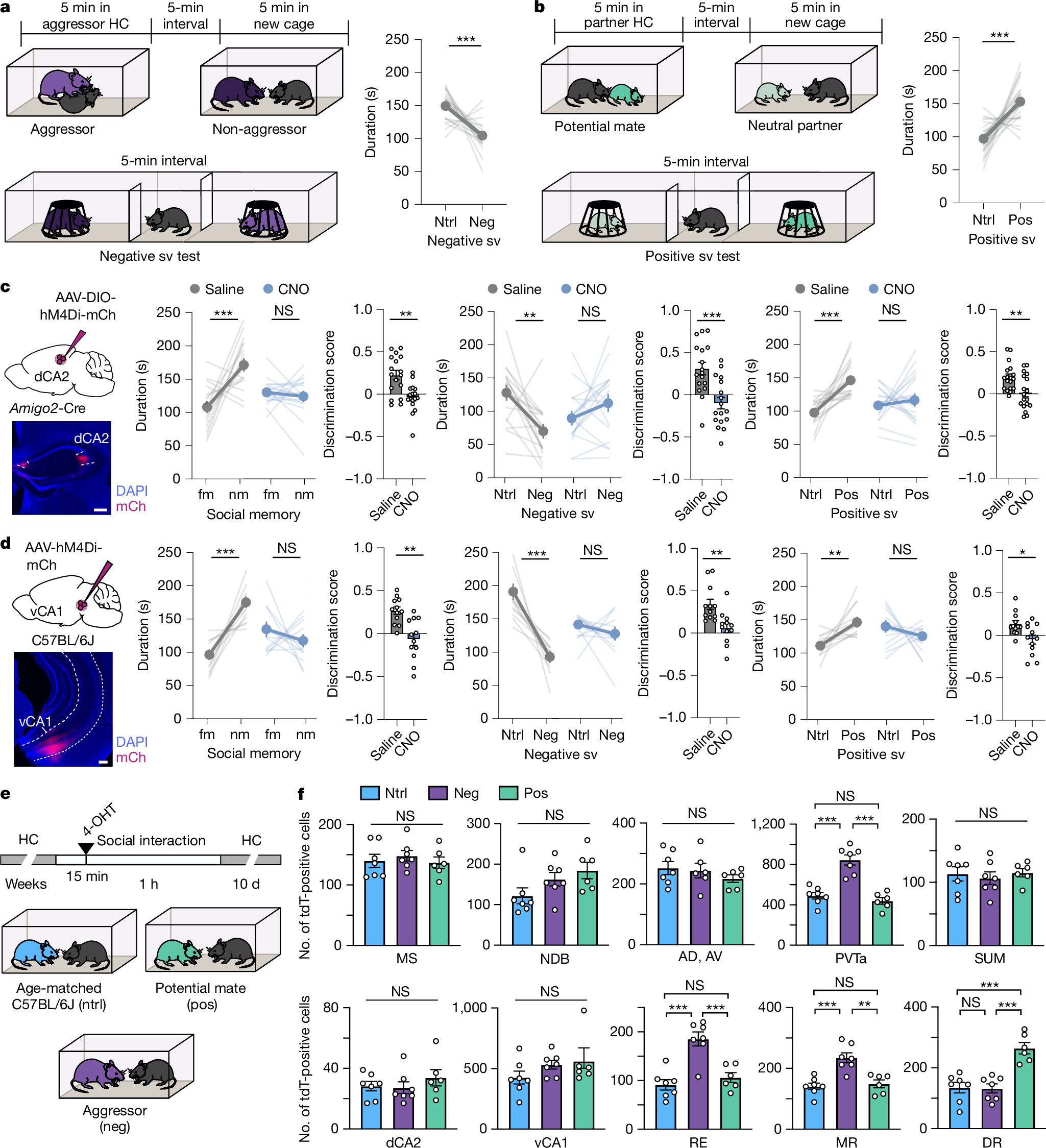2025-03-06 カリフォルニア大学サンフランシスコ校(UCSF)
<関連情報>
- https://www.ucsf.edu/news/2025/03/429561/how-paralyzed-man-moved-robotic-arm-his-thoughts
- https://www.cell.com/cell/fulltext/S0092-8674(25)00157-6
単純なイメージ運動の表象可塑性を日単位でサンプリングすることで、長期的な神経補綴制御が可能になる Sampling representational plasticity of simple imagined movements across days enables long-term neuroprosthetic control
Nikhilesh Natraj ∙ Sarah Seko ∙ Reza Abiri ∙ … ∙ Adelyn Tu-Chan ∙ Edward F. Chang ∙ Karunesh Ganguly
Cell Published:March 06, 2025
DOI:https://doi.org/10.1016/j.cell.2025.02.001
Graphical abstract

Highlights
- e study the stability and plasticity of a repertoire of imagined motor actions
- Neural representational variance can be flexibility regulated in new BCI contexts
- Representations remain stable away from closed-loop BCI control
- We enable long-term BCI control by accounting for across-day plasticity and drift
Summary
The nervous system needs to balance the stability of neural representations with plasticity. It is unclear what the representational stability of simple well-rehearsed actions is, particularly in humans, and their adaptability to new contexts. Using an electrocorticography brain-computer interface (BCI) in tetraplegic participants, we found that the low-dimensional manifold and relative representational distances for a repertoire of simple imagined movements were remarkably stable. The manifold’s absolute location, however, demonstrated constrained day-to-day drift. Strikingly, neural statistics, especially variance, could be flexibly regulated to increase representational distances during BCI control without somatotopic changes. Discernability strengthened with practice and was BCI-specific, demonstrating contextual specificity. Sampling representational plasticity and drift across days subsequently uncovered a meta-representational structure with generalizable decision boundaries for the repertoire; this allowed long-term neuroprosthetic control of a robotic arm and hand for reaching and grasping. Our study offers insights into mesoscale representational statistics that also enable long-term complex neuroprosthetic control.


